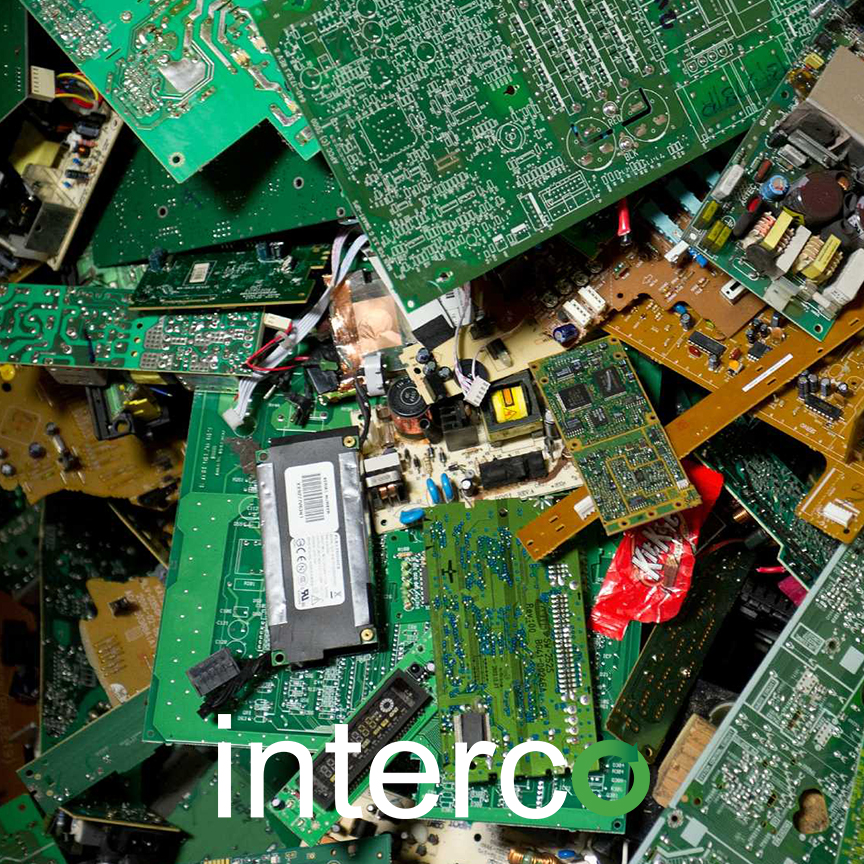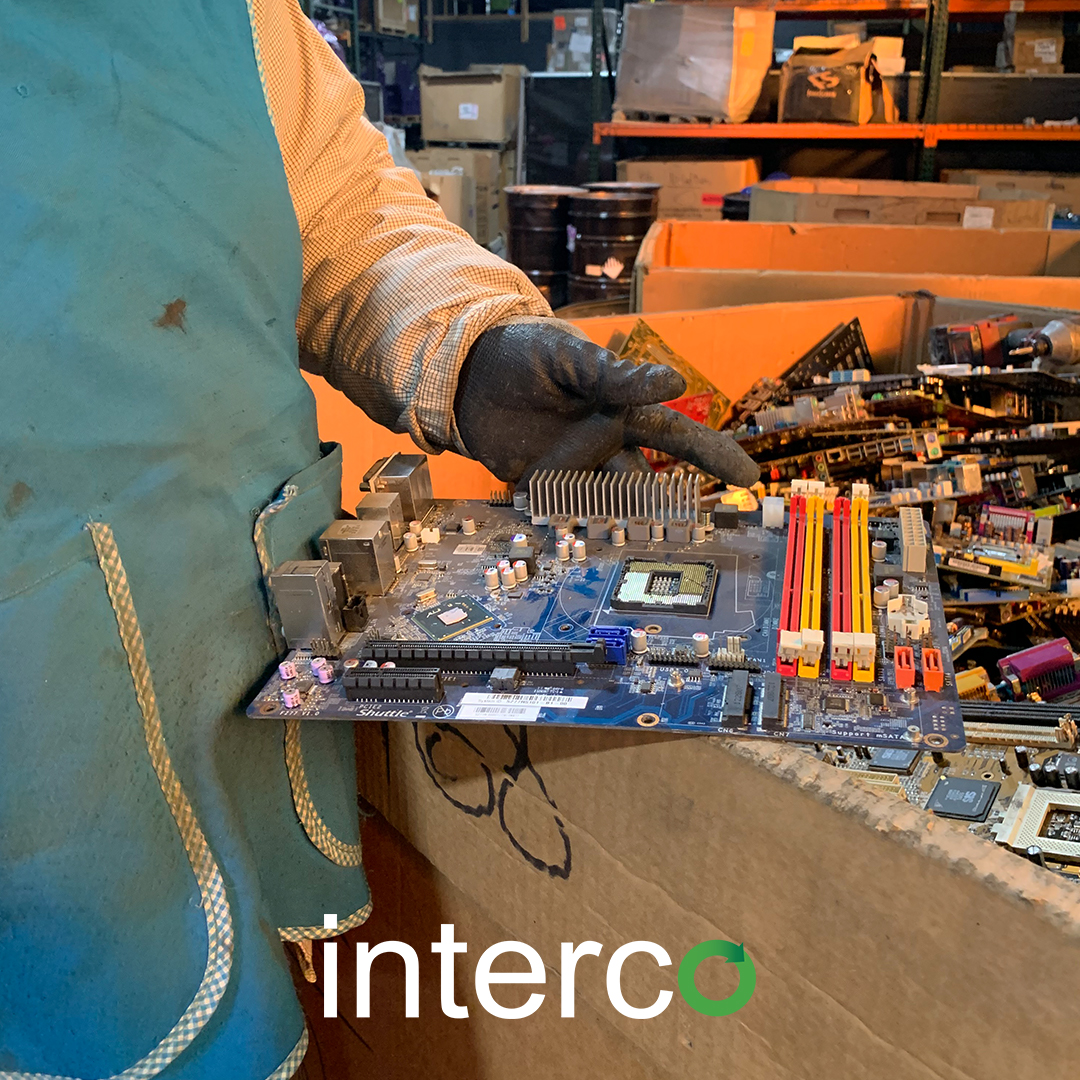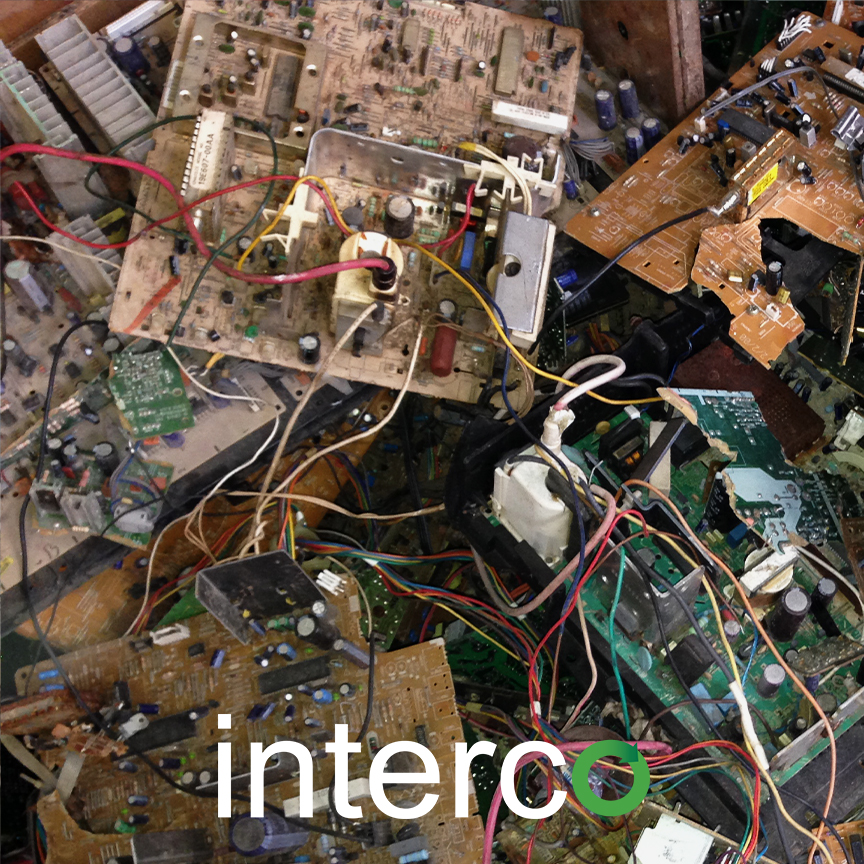Recycling Printed Circuit Boards

Printed Circuit boards (PCB), also known as green boards, are designed specifically to support and facilitate the connection of electronic components. They accomplish this through their conductive tracks, pads and etched sheet of copper layer laminated on it.
First off, PCB can be found in the majority of the electronic gadgets and devices popular today. They serve as a conductive foundation where you fix other electronic components, such as capacitors, resistors, inductors and much more.
With its vast use in today’s electronics, printed circuit boards should be recycled when gadgets get spoiled or broken.
Why Recycle PCB?

Recycling printed circuit boards that are populated with many components could yield more valuable materials like:
- Gold
- Silver
- Platinum
- Palladium
How? The process extracts components affixed to the boards. Recycling PCB recovers approximately 99 percent of the precious and scarce metals from the recycling process.
The copper part of the board is completely recyclable as a metallic material. Recycling PCB helps reduce depletion of natural resources such as copper, as processors often reuse these boards multiple times. Although, after recycling, they must test the boards as the recycling process might damage certain parts of the board.
In addition, because of the excessive use of this type of circuit board in the electronic manufacturing industries, recycling printed circuit boards reduces solid waste, landfill and land pollution.
How to Recycle PCB
Due to the nature of the intricacy of the boards themselves, recycling them poses difficulty because of the several chemicals, metals and glass fibers used in manufacturing them. Subsequently, in order to successfully recycle them, recyclers separate these components carefully to prevent total destruction of scarce materials.
Likewise, there are three main ways of recycling PCB: electrochemical process, hydro-metallurgy, and smelting process.

These methods assist in recovering valuable electronic components, connectors and metal scraps. Hence, the most popular way of recycling PCB is through dismantling. This involves loosening the board from its components. The steps are as follows:

- First, recycle haulers collect these used to damaged boards and ship them to recycling companies.
- Next, the company drills the boards and loosens them to remove components easily.
- Finally, they meticulously remove the components, namely the following:
- Capacitors
- TV plugs
- Motors
- Screws
- LED
- Transistors
- Switches
Dismantling the boards requires special tools and meticulous handling in order to avoid damaging the board as well as its components. After dismantling, the recyclable materials (copper) melt and refine into new products. Finally, recyclers incinerate any non-recyclable materials for electricity production and properly filter waste water from the process before discharging it.
Conclusion
Lastly, pulling or picking parts off the boards and recycling them is neither economical nor practical. Because of how delicate they are, test PCB after successfully recycling a PCB to ensure functionality.
If you are interested in recycling Printed circuit boards, Interco offers a variety of recycling services.